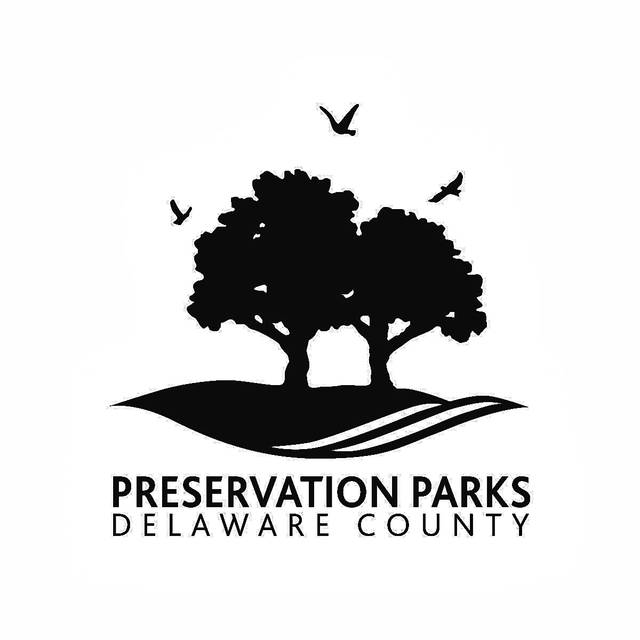
As far as the cool temperatures are concerned, we seem to have skipped right over October and into November. It is unseasonably cold, and I keep wondering why the trees are not changing color.
I may be confounded, but migrating birds seem to know what they are doing, and are moving in and out of Ohio right on schedule. Our summer residents, such as purple martins, swallows, some sparrows, and a whole host of aquatic birds, are moving south to their wintering grounds, to be replaced by winter residents such as white-throated sparrows, golden-crowned kinglets, brown creepers, yellow-rumped warblers, dark-eyed juncos and red-breasted nuthatches.
Some birds, such as northern cardinals, goldfinches and white-breasted nuthatches, live here all year and aren’t going anywhere.
Bird lovers enjoy watching this migration in and out, and are especially intrigued by birds that rarely spend much time in Ohio. Some birds, for example, spend summer in Canada and migrate to the Caribbean or Central/South America for winter. They only stop briefly in Ohio, on their way to and from. These birds, which include many colorful warblers, always are attention grabbers when they make their brief appearances in the state.
Even more exciting are the birds that rarely come to Ohio at all – not even to migrate through. These northern birds feast on cone and birch seed crops, which are plentiful in Canada and the far northern edges of the U.S. In good crop years, the bird stay put all year – seemingly not minding the cold winters in the northern boreal forests.
But in bad crop years, these birds are forced south in search of food. And experts say that will happen this year, predicting that a poor cone crop up north will result in an irruption year for winter finches and red-breasted nuthatches. Some of the birds we might see include evening grosbeaks, purple finches, pine siskins, and white-winged and red crossbills.
Park visitors can watch for these birds at the feeder stations at Hogback Ridge Park and Deer Haven Park, and – of course – along the trails. We also have two more fall bird walks coming up: this Saturday, Oct. 27, at Deer Haven, and Saturday, Nov. 24, at Shale Hollow Park. Both walks start at 8 a.m. and are for ages 7 and older. We’ll have loaner binoculars, and a staff member who can explain what walkers are seeing and hearing.
We’ll watch for the winter residents who are moving in, and perhaps see a few of those misplaced northern birds that are looking for food. By the way, these irruptive species feed on cone and birch seeds in their native habitat, but they still like our feeder food! Nyger (thistle) and sunflower chips for the finches, along with sunflower, fruit, and insects for the grosbeaks might draw these winter visitors to your backyard feeders.
For details on the 2018-2019 winter finch forecast, visit http://jeaniron.ca/2018/wff18.htm.


